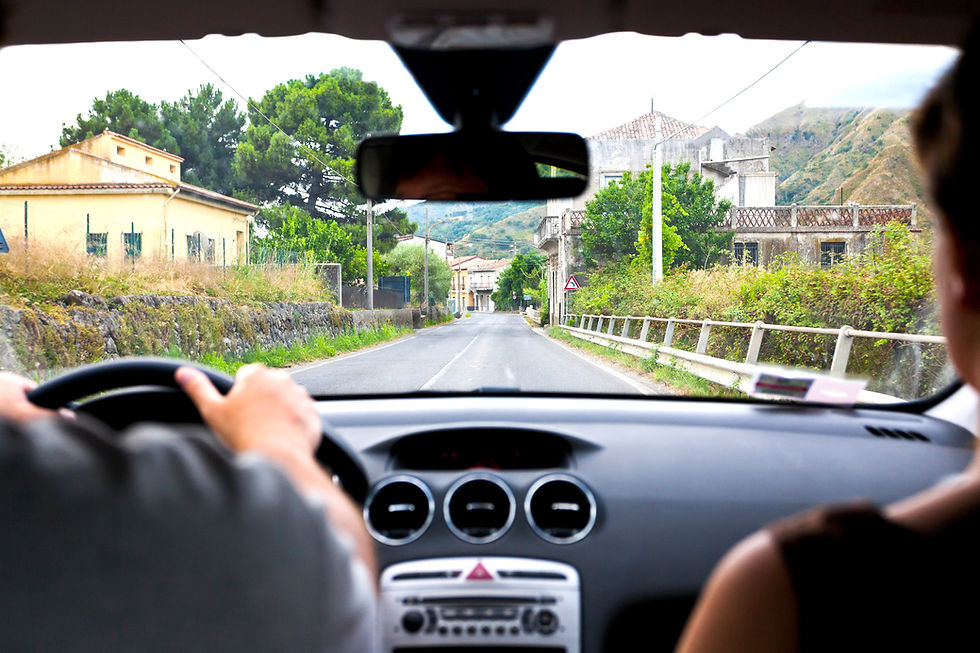What Should You Do If You Burn Yourself?
- Fysiobasen

- 2 days ago
- 3 min read
Burn injuries can happen suddenly — while cooking, touching a hot surface, spilling hot liquids, or from contact with flames, electricity, or chemicals.
No matter the cause, knowing how to act immediately can make a huge difference. Quick and proper first aid helps limit damage, reduce pain, and prevent infection.

What Happens in the Skin During a Burn?
A burn occurs when heat damages the cells of the skin.
The body responds by releasing inflammatory substances, causing pain, redness, swelling, and sometimes blisters or open wounds.
The depth and severity of a burn depend on the intensity of heat and the duration of exposure.
Benefits of Quick and Proper First Aid
Immediately reduces pain
Prevents the injury from spreading to deeper layers
Lowers the risk of infection and scarring
May reduce the need for hospital treatment
Dangers of Incorrect Treatment
Using ice, butter, toothpaste, or oils may seem helpful but can actually worsen the injury or increase infection risk.
Always follow evidence-based first aid guidelines.
Step-by-Step: What to Do If You Get Burned
1. Stop the Source of Heat Immediately
Remove yourself or the injured person from the heat.
If it’s an electrical burn, turn off the power before touching the person.
2. Cool the Area with Lukewarm Running Water
Run cool (not cold) water — around 15–20°C — for 20 minutes directly over the burn.
This helps lower skin temperature and prevent deeper injury.
Avoid ice or very cold water, which can cause frostbite or tissue damage.
3. Remove Jewelry and Tight Clothing
Take off rings, watches, or clothing near the burn before swelling occurs.
Avoid removing anything stuck to the skin.
4. Do Not Pop Blisters
Blisters protect the underlying tissue and help prevent infection.
Leave them intact.
5. Cover the Burn with a Sterile, Non-Stick Dressing
Use plastic wrap, sterile gauze, or a clean damp cloth to keep the area protected until medical help is available.
6. Do Not Apply Oils, Creams, or Home Remedies
Avoid butter, toothpaste, or other “folk remedies.”
They trap heat, promote bacterial growth, and can make the wound worse.
7. Relieve Pain
Over-the-counter pain relievers like paracetamol (acetaminophen) or ibuprofen can help.
Always follow recommended dosage instructions.
When to Seek Medical Help
The burn is larger than your palm
The skin looks white, black, or charred
Blisters appear on the face, hands, feet, or genitals
There are signs of infection (swelling, pus, fever)
The burn occurred in a child, elderly person, or someone with poor health
It involves chemicals or electricity
Types of Burns
First-Degree Burns
Red and painful skin without blisters — like mild sunburn.
Usually heals without scarring.
Second-Degree Burns
Red skin with blisters and fluid leakage.
More painful and requires medical observation and protection.
Third-Degree Burns
Deep injury causing white, brown, or blackened skin.
Often painless due to nerve damage.
Requires immediate emergency care.
Prevention Tips
Keep a fire blanket and first aid kit in the kitchen
Store hot appliances safely (irons, stoves, kettles)
Keep children away from heat sources
Use protective gloves or gear when handling chemicals or hot objects
Summary
When a burn occurs, act fast and stay calm.
Cooling with lukewarm water, removing tight items, protecting the area, and avoiding harmful home remedies are key steps.
Large, deep, or severe burns always require medical evaluation.
Knowing what to do — and what not to do — can make a crucial difference in recovery and long-term skin health.
Sources
Hettiaratchy S, Dziewulski P. (2004). ABC of burns: pathophysiology and types of burns. BMJ, 328(7453):1427–1429.
Cuttle L, et al. (2008). The optimal temperature of first aid treatment for partial thickness burn injuries. Wound Repair Regen, 16(5):626–634.
Wasiak J, et al. (2013). Dressings for superficial and partial thickness burns. Cochrane Database Syst Rev, (3):CD002106.
NICE. (2023). Burns: recognition and management. NICE Clinical Knowledge Summary.
Brusselaers N, et al. (2010). Severe burn injury in Europe: incidence, etiology, morbidity, and mortality. Crit Care, 14(5):R188.









